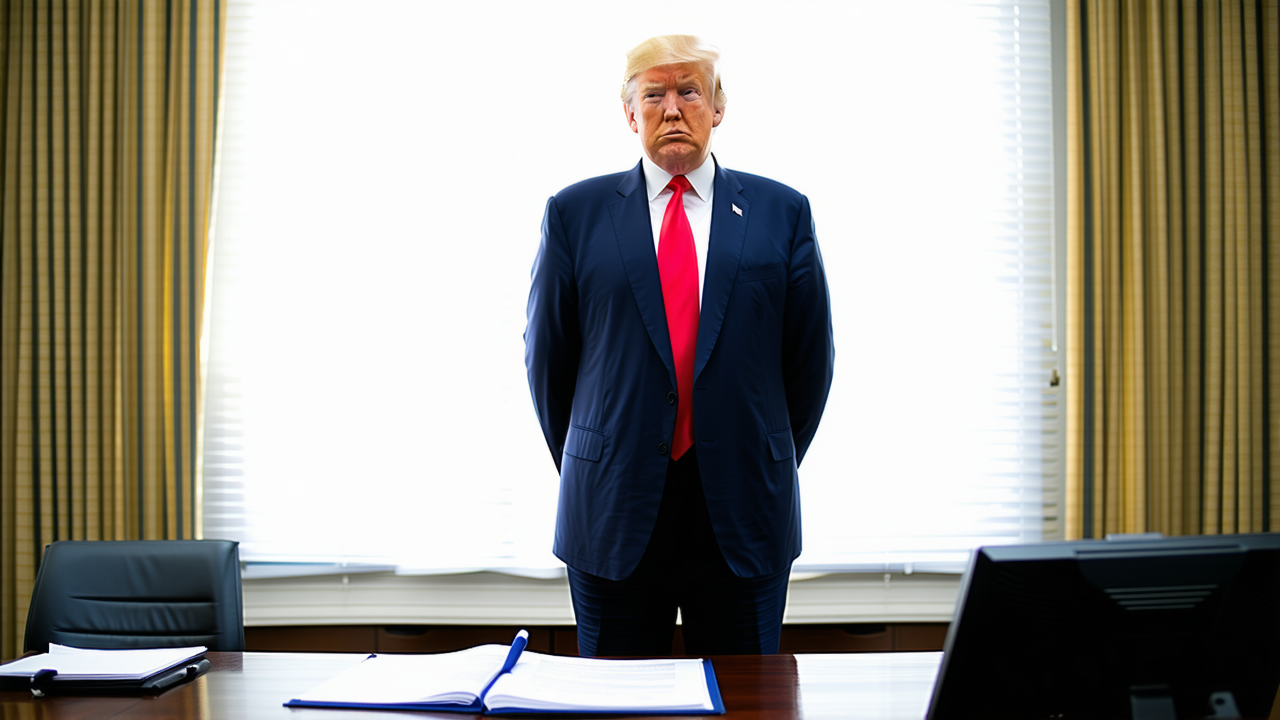Erica Stanford Faces the Greatest NCEA Test
Erica Stanford Faces the Greatest NCEA Test
Education Minister Erica Stanford is at a pivotal moment in her career as she grapples with the future of the National Certificate of Educational Achievement (NCEA), a system that has long been a cornerstone of New Zealand’s secondary education. The NCEA, once heralded as a progressive reform, now faces widespread criticism for its perceived shortcomings and the growing divide it has created between students in different schools.
Stanford, who has already made a mark in her short tenure with bold moves such as banning smartphones in schools and phasing out open-plan learning environments, now stands at the crossroads of a major decision. Should she attempt to reform the NCEA or move toward a completely new system, such as the Cambridge International Examinations, which has gained traction in many New Zealand schools?
Stanford’s reforms have already begun to reshape the education landscape. By introducing clear and structured curricula in mathematics and English, she has provided teachers with the resources needed to deliver rigorous instruction. The implementation of these curricula in 92% of primary schools demonstrates her ability to drive change effectively, even in the face of bureaucratic resistance.
However, the NCEA presents a different challenge. Its origins in the Learning for Life report and subsequent implementation by various governments have led to a system that many now argue is outdated and inequitable. The NCEA, which was intended to provide a more flexible and cross-credited approach to education, has instead created a two-tier system, where students in schools offering alternative qualifications like Cambridge or the International Baccalaureate are often seen as more academically prepared.
The weekend Herald has reported that even within the left-wing education bureaucracy, there is a growing consensus that the NCEA has failed to meet its original goals. This has placed Stanford under immense pressure to make a decision that could redefine the future of secondary education in New Zealand.
Some argue that the best course of action would be to phase out the NCEA from Year 11 and transition to the Cambridge system, which has been successfully adopted by countries like Singapore. This would require collaboration with Cambridge to tailor assessments to New Zealand’s unique educational needs, particularly in subjects like New Zealand history and Māori language.
Stanford’s track record suggests she is not one to shy away from difficult decisions. Her swift and decisive actions on smartphone use, learning environments, and curriculum reform have set a precedent for bold leadership. Now, she must decide whether to continue down that path and move away from the NCEA or attempt to salvage it through further review and reform.
The stakes are high. The NCEA has been a multi-decade, multi-party experiment that has left many disillusioned. If Stanford chooses to abandon it, she would be joining a growing number of educators and policymakers who see it as a failed utopian vision. But if she chooses to reform it, she must do so with the awareness that time is running out and that the system may no longer serve the needs of all students.
As the debate over the NCEA continues, one thing is clear: Education Minister Erica Stanford is facing the most consequential decision of her career, and the future of New Zealand’s education system may depend on the path she chooses to take.
